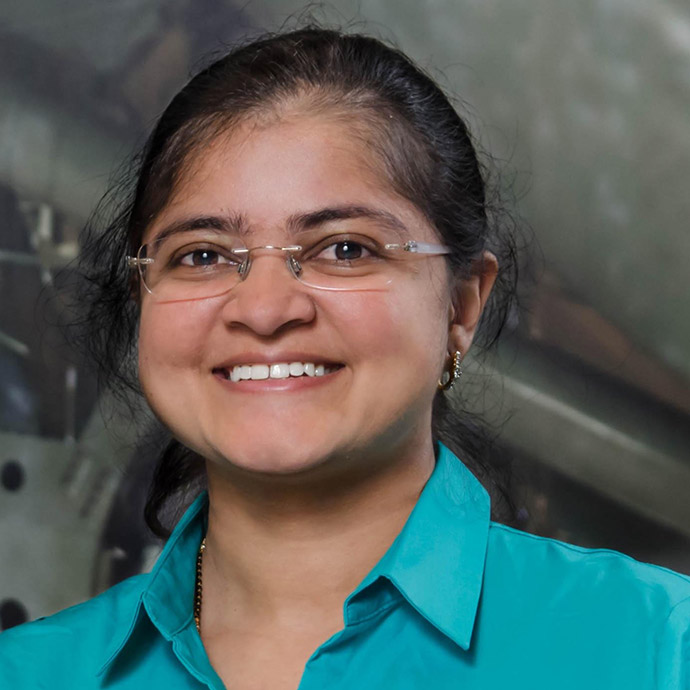The first detection of both gravitational waves and photons from a binary neutron star merger illuminated an exquisite laboratory to simultaneously study strong-field gravity and matter in extreme environments. With both binary neutron star and binary black hole mergers detected, the next major milestone is the detection of gravitational waves from a neutron star merging with a black hole. However, the electromagnetic localization of a neutron star-black hole merger is challenging as the optical emission is suppressed. The infrared emission is ubiquitous for all mergers involving at least one neutron star as it directly probes the radioactive decay of heavy elements. Here, I present a plan to build a wide-field infrared imager designed to rapidly map coarse gravitational wave localizations and umambiguously pinpoint the electromagnetic counterpart to all neutron star mergers.
Fellow
